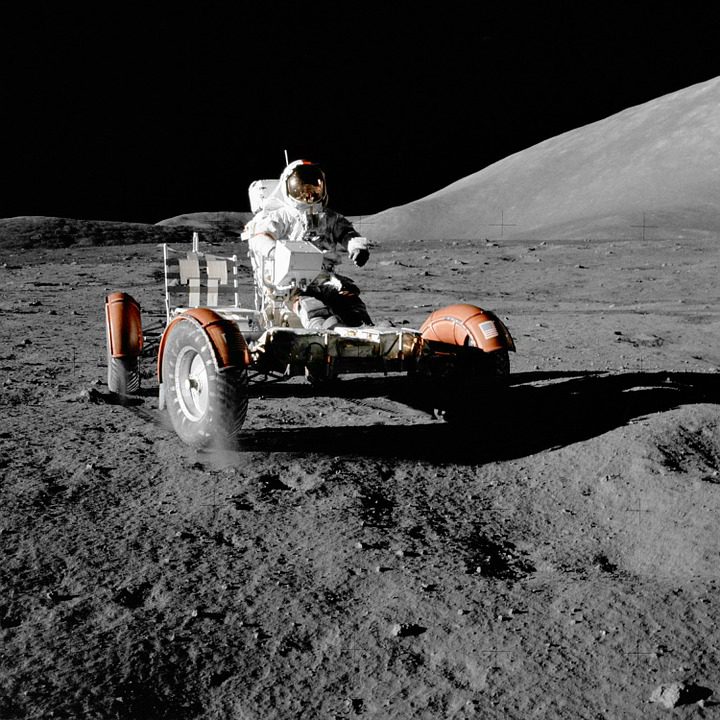Space development in the not-too-distant future is expected to feature lengthier periods in low gravity situations, whether orbiting or on another globe. There is a problem, however, with extended stays in outer space; new study has shown that astronauts may lose a decade of skeletal density during their time in orbit and that their skeletons never recover to normal.
The first component of the proposal, known as “The Glass,” intends to send artificial gravity to the Moon as well as Mars using centrifugal force.
Compared to Earth’s gravitational force, the Moon’s & Mars’ is 16.5% respectively, 37.9% lower. If this gap can be bridged, the huge, rotating cones of Lunar Glass & Mars Glass might be used to recreate the influences of Earth’s gravitational force. The whirling cones will have an estimated radius of 328 ft (100 m) and a peak of 1,312 ft (400 m), and they will perform one revolution every 20 s, resulting in a 1g sensation for individuals within the cones.
The Lunar Glass building is expected to begin in the second part of the 21st century, which appears unrealistic considering the apparent level of technical competence necessary to accomplish this task.
Core biome complex is the 2nd component of the strategy for “relocating a reduced biosphere to space.” Human colonists would reside in the Moon Glass & Mars Glass edifice, which contains the primary biome compound. We also propose to build “Hexagon Space Track,” a high-speed transit system that could link Earth-Mars as well as the Moon. Three locations, one on Mars’ satellite Phobos, another in Earth’s orbit, and a third in lunar orbit, are required for Hexatrack.
It’s thrilling and optimistic that Kyoto University and also the Kajima Corporation have come up with this idea, but it won’t be implemented anytime in the near future.















Leave a Reply